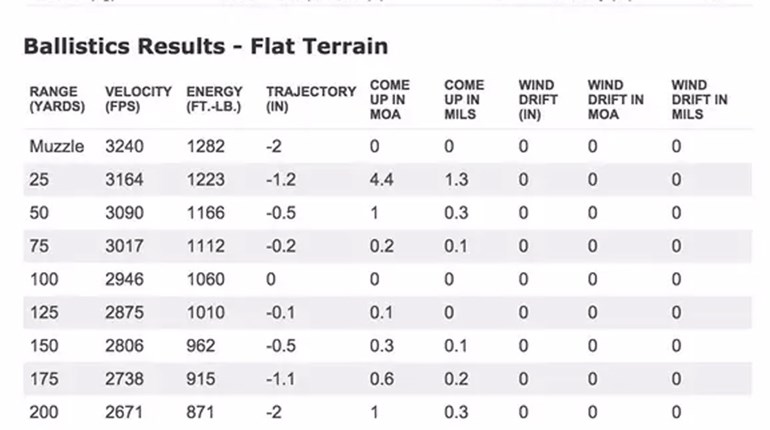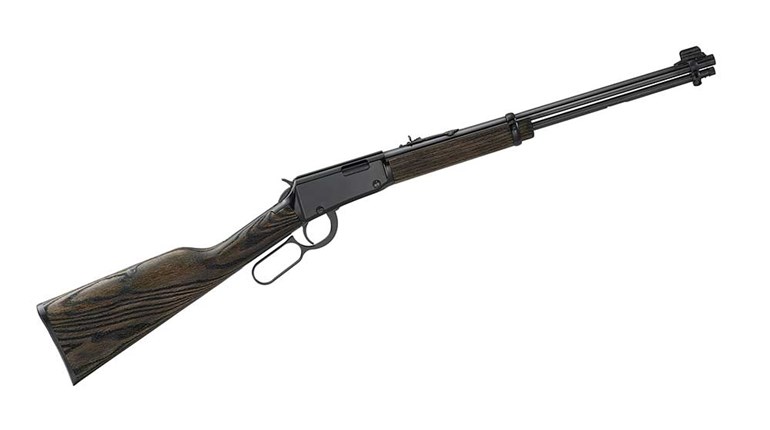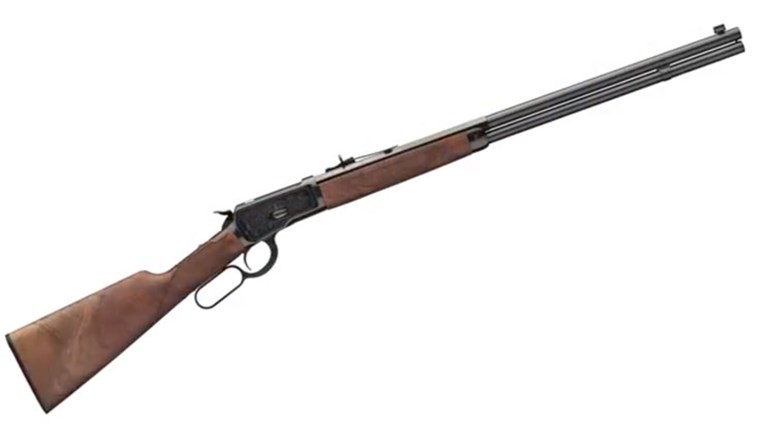** When you buy products through the links on our site, we may earn a commission that supports NRA's mission to protect, preserve and defend the Second Amendment. **

Except for the lack of rifling, smoothbore shotgun barrels are at least outwardly similar in many respects to rifle or handgun barrels. There are some notable differences, however. Since shotgun shells operate at far lower pressures than current high-intensity rifle cartridges, the walls of a shotgun barrel can be considerably thinner than those of a rifle barrel. Furthermore, while the bore diameters of rifle barrels in a given caliber are usually consistent to within a half a thousandth or so, shotgun bores in a particular gauge may vary as much as .02 inches or more. Tighter bores generally give higher velocities as well as better groups with traditional slug loads, while more generous, "back-bored" barrels are often preferred for target shotguns for their recoil-reducing properties. Finally, unlike rifle and handgun barrels, whose bores, ideally, are consistent from chamber to muzzle, most shotgun tubes have a constriction or "choke" at the muzzle to control the tightness of the pellet pattern downrange (more on that later).
Shotgun barrels for lead shot are made of soft steel alloys that are easy to machine and allow a high-polish finish. However, such barrel steels are unsuited for use of steel shot ammunition, as the hard steel pellets can cause choke expansion and damage to the bore and forcing cone. For this reason, shotgun barrels intended for steel shot ammunition are normally made of high-strength steel alloys with thick sidewalls and heat-treated chokes to prevent choke expansion.
The choke is found at the muzzle end of the shotgun barrel. It's a constriction in the last 2 or 2 1/2 inches of the barrel that squeezes the shot column down to a lesser diameter by means of a tapered cone between two parallel surfaces. The choke may be fixed (swaged into the barrel itself), interchangeable (using screw-in choke tubes of different constrictions) or variable (a permanently mounted choke device that can be adjusted to different constrictions by twisting a collar).
Chokes greatly affect downrange patterning; very tight chokes produce small, dense patterns, while open-choke patterns are just the opposite. Shooters and hunters can thus match choke selection to the types of shots they anticipate, a practice that has become so popular that screw-in choke tubes are now standard equipment on most new shotguns. For example, one would opt for a cylinder or skeet choke for close-flushing grouse in heavy cover, but switch to an improved-cylinder or modified-cylinder choke for open-country pheasants. Sporting clays shooters routinely swap chokes during a tournament in response to varying target presentations. Choke constrictions are usually as follows:
Shotgun barrels for lead shot are made of soft steel alloys that are easy to machine and allow a high-polish finish. However, such barrel steels are unsuited for use of steel shot ammunition, as the hard steel pellets can cause choke expansion and damage to the bore and forcing cone. For this reason, shotgun barrels intended for steel shot ammunition are normally made of high-strength steel alloys with thick sidewalls and heat-treated chokes to prevent choke expansion.
The choke is found at the muzzle end of the shotgun barrel. It's a constriction in the last 2 or 2 1/2 inches of the barrel that squeezes the shot column down to a lesser diameter by means of a tapered cone between two parallel surfaces. The choke may be fixed (swaged into the barrel itself), interchangeable (using screw-in choke tubes of different constrictions) or variable (a permanently mounted choke device that can be adjusted to different constrictions by twisting a collar).
Chokes greatly affect downrange patterning; very tight chokes produce small, dense patterns, while open-choke patterns are just the opposite. Shooters and hunters can thus match choke selection to the types of shots they anticipate, a practice that has become so popular that screw-in choke tubes are now standard equipment on most new shotguns. For example, one would opt for a cylinder or skeet choke for close-flushing grouse in heavy cover, but switch to an improved-cylinder or modified-cylinder choke for open-country pheasants. Sporting clays shooters routinely swap chokes during a tournament in response to varying target presentations. Choke constrictions are usually as follows:
- Cylinder: No constriction, best for slugs and buckshot.
- Skeet: .005-inch constriction, best for skeet competition.
- Improved cylinder: .01-inch constriction, best for close-range bird hunting.
- Modified: .02-inch constriction, best all-around choice for bird and small-game hunting.
- Improved modified: .027-inch constriction, a popular choice for trap competition and waterfowl hunting with steel shot.
- Full: .036-inch constriction, occasionally used for upland bird and waterfowl hunting.
- Extra full: .04-inch constriction (or more), specialized for turkey hunting.






































